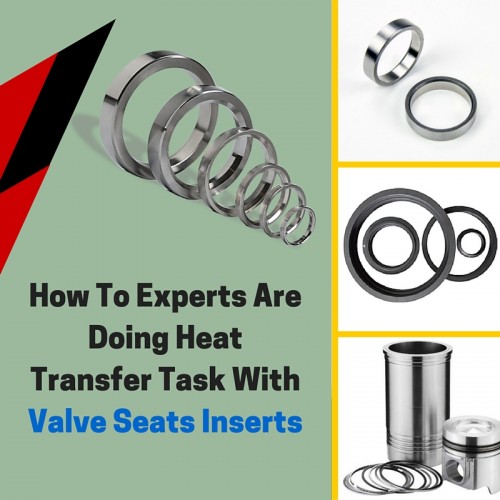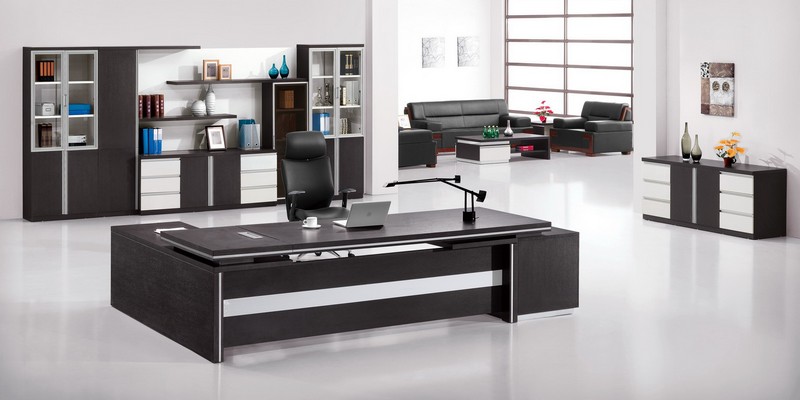While intending a new race engine, or enhancing the existing engine, the heat management in poppet valves and the heat transfer from them is just a small task that influences reliability and performance. The main purpose of the valve is to transfer heat from the valve head to the cooling equipment through the valve guide. But, there are many internal spaces where cooling is not feasible and manufacturers of valve seat inserts look for the ways to keep the head of the valves cool.
Exhaust valve cooling is necessary for reliability concerns. The temperature of exhaust valve is important limiting factor for exhaust valve materials, and act as a driving force behind the super alloy material and latest titanium materials use. Users have to keep the inlet valve head cool as it transfers the heat from a hot valve head to the incoming charge that influences volumetric efficiency. What is required? They need to transfer the heat from the valve head to the cooling system in most efficient way.

How this can be achieved?
Manufacturers of the valves increase the width of the valve seat to increase the heat transfer, yet at times, it gets risky for flow coefficients, and seat contact widths are usually kept to a minimum for the same reason.
They also try and use high thermal conductivity valve seat materials for increasing heat transfer. Beryllium copper alloys are widely accepted materials for this job. However, beryllium-free options that exist offer alike thermal properties. More exotic materials provide even extreme thermal conductivity.
Engineers can make use of thin-section valve seats inserts in order to lower the distance and the thermal resistance between the cooling water and the hot valve. They also use plasma-spraying valve seat material onto the cylinder head prior performing machine work. This technique seems very effective, but when it comes to costing, it is slightly higher.



